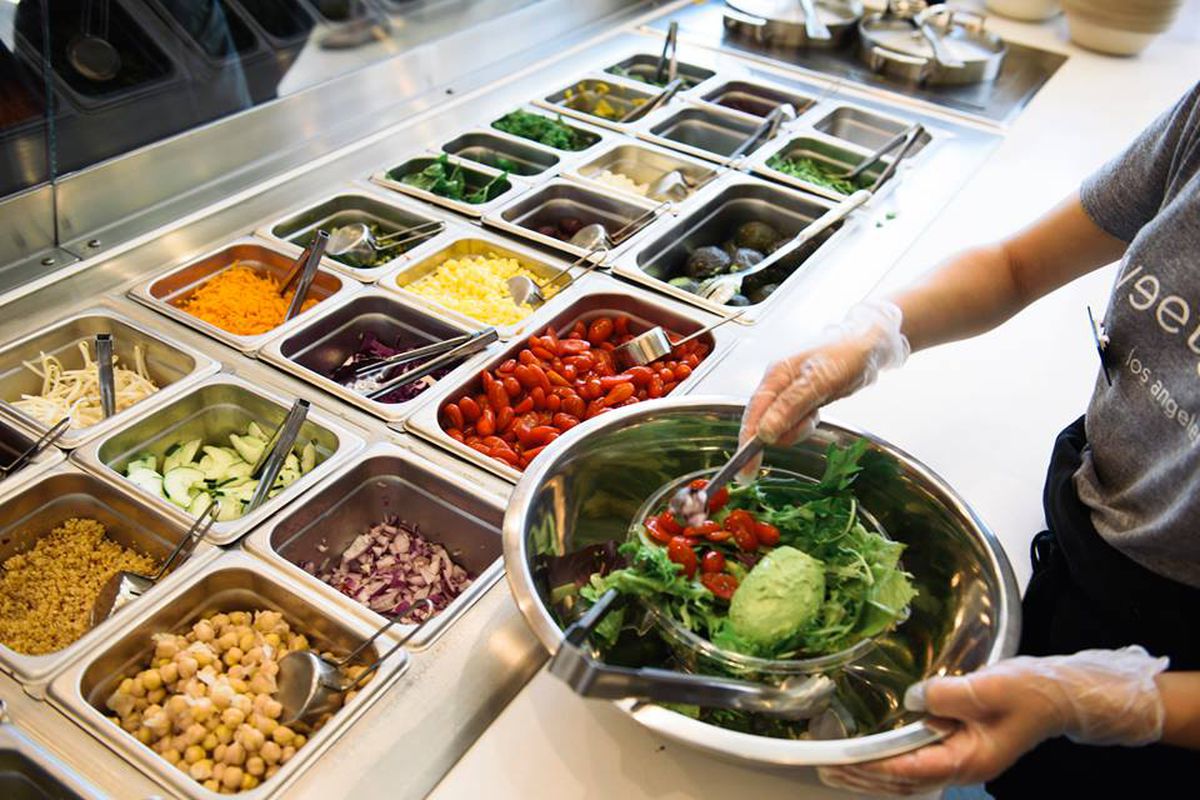
- Home
- Crunchtime Blog
- 4 Common Inventory and Food Cost Challenges that Stifle Restaurant Growth

4 Common Inventory and Food Cost Challenges that Stifle Restaurant Growth
In the first installment of the multi-part series, we highlighted four focus areas of operational excellence that, if executed well, pave the way for confident growth:
1. Inventory, purchasing, and food costs
2. Employee scheduling and labor costs
3. Operating procedures and task management
4. Employee training and development
In this part, we’ll dive into inventory, purchasing, and food costs. Managing inventory and controlling food costs is a paramount piece of the puzzle that is achieving operational excellence. However, there are common inventory-related challenges that stifle growth:
- Inventory counts are time-consuming and/or infrequent
- Unable to break down food costs at SKU or ingredient level to identify the biggest costs
- Stores don’t always buy the correct products at the best prices
- Data isn’t accurate or trustworthy
How you manage food costs is the single biggest factor for restaurant profitability. Economies of scale don't magically happen as you add more locations–it is achieved by standardizing inventory and purchasing processes and having a clear view of costs across all locations.
Which brands are doing this well?
sweetgreen is driving location growth through inventory and food cost management, positioning itself to hit 1,000 locations by 2030. With standardized inventory and purchasing processes and clear visibility into food costs across all locations, operational excellence isn't just a goal; it's a reality that’s helping drive sweetgreen’s growth.
A key strategy for the fast-growing brand was to cut down hours spent on inventory tracking and give store managers real-time insights into stock levels as food is sold. By implementing a sophisticated inventory management system, sweetgreen is able to track every ingredient, reduce waste, and ensure each location runs efficiently. This not only saves time and money but also provides the data needed to make informed decisions. So, it’s no wonder they’re expanding rapidly (+841 locations by 2030).
Watch the video to learn more:
Click here to learn what other brands are doing to reach their location growth goals, and look for the next installment of this multi-part series.
Share this post
Related


How Confident Are You in Your Restaurant’s Growth Strategies? 4 Ways to Take Action


